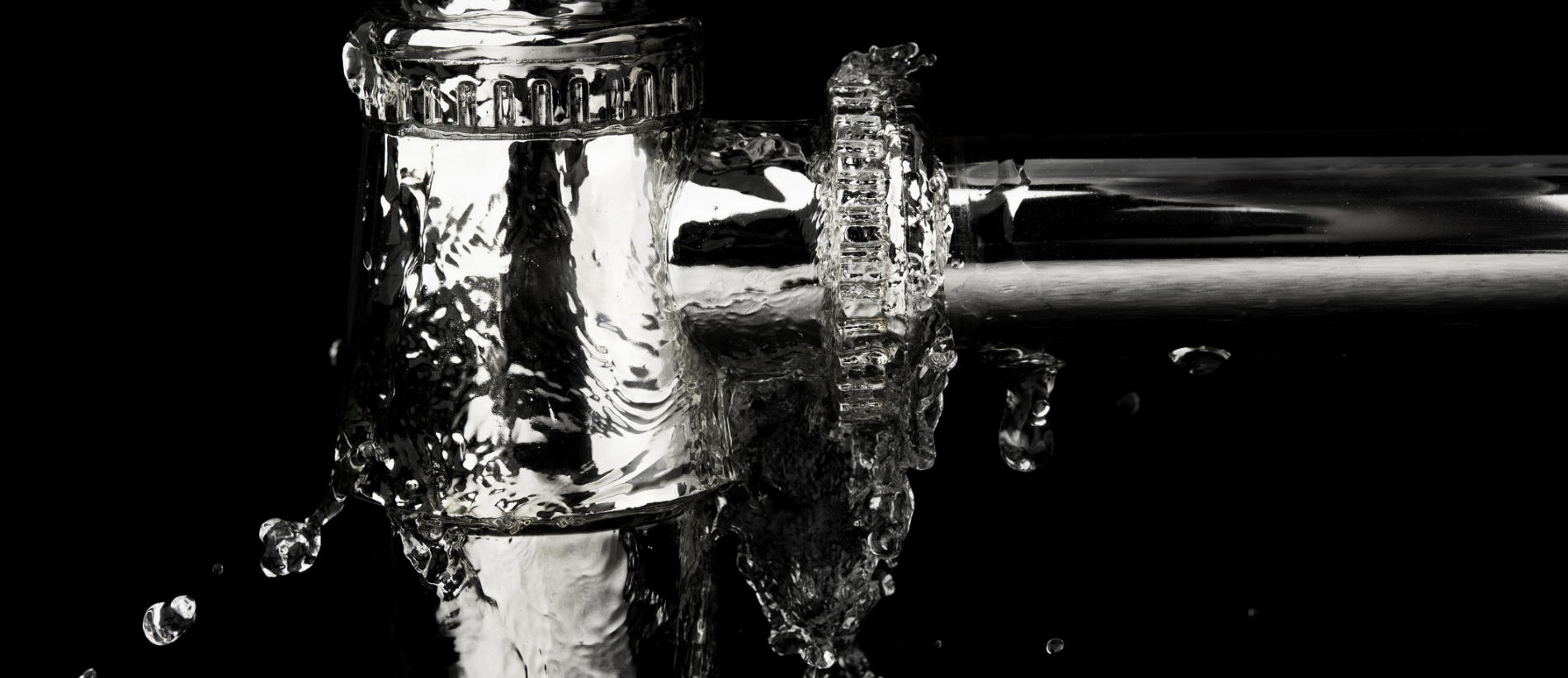Unless they are promptly detected and fixed, burst pipes can quickly cause a lot of damage to a property. This is not hard to understand when you consider that a burst pipe can release the equivalent of 50 bathtubs full of water in a single day.
According to the Association of British Insurers, 2018 was the worst year on record for escape of water (EOW) claims in the UK, with UK insurers paying out almost £8m a day on domestic EOW claims alone. The average cost of a domestic EOW claim has risen to more than £2,500. In larger residential or office blocks, claims totalling well over a million are by no means exceptional.
Claims volume in 2018 is another rise compared to 2017 when the total cost of domestic escape of water claims already increased year on year by 28%. The increase follows a rise of 26 percent in 2016 and of 21% in 2015.
Understanding how and why leaks occur - and what to do to manage them - is key to containing the associated costs. By far the most common cause is poor workmanship. In residential environments, this problem has been exacerbated by the booming popularity of DIY domestic improvements.
Push-fit and compression fittings appear to be particularly problem-prone, but soldered fittings are by no means trouble-free. Issues typically arise when incompatible parts have been used in combination, or where one or more components have been damaged in the process of installation or left out altogether.
Other common causes of leaks include poorly designed or manufactured parts - which are likely to fail however competently fitted - blocked pipes, corrosion, general wear and tear over time, physical or mechanical damage that goes unnoticed or unreported, fluctuations in water pressure, and vibrations associated with water hammer, the knocking sound sometimes heard when taps are switched off suddenly.
Problems typically come to light during the first year or so after construction or refurbishment, when badly installed fittings are most likely to fail, or when a building is left unoccupied, unmonitored and poorly maintained. Properties left unheated are dangerously vulnerable to fluctuations of hot and cold which can cause pipes to burst, as water freezes then thaws again.
With EOW, as with most of life’s problems, prevention is better than cure. Regular checks should be carried out on fill valves, overflows, fittings and seals around anything that’s plumbed into the water supply. It’s also important to ensure connected appliances are regularly maintained, repaired or replaced, and properly secured, so they can’t cause leaks by moving around.
Tell-tale signs of future problems include greenish discolouration around joints in copper piping and cracks or ‘stretch marks’ in plastic pipes and fittings. Unusual smells can also provide an early warning of a blockage in the making.
Further investigation and prompt remedial action can avoid more expensive problems further down the line. When properties are due to be unoccupied for any length of time, it’s advisable to switch the water supply off at the mains stopcock - unless it’s required for the operation of sprinklers that have been fitted - and drain down the heating system and all pipes to ensure there is no water in them that could freeze and cause ruptures.
If this is impractical, it’s a good idea to leave the heating on at a low temperature to prevent freeze-thaw damage. You should also check that pipework on the exterior of a property or in unheated areas is adequately insulated.
New leak detection devices now available can massively reduce the danger of EOW going unnoticed for long periods of time and causing extensive damage. Wifi-enabled smart leak detectors can now be fitted in areas where EOW is likely to occur. These automatically message individuals who can trigger investigation or remedial action. Fitting such devices sends a reassuring message to insurers and could in future secure premium reductions.
Should an EOW incident arise, it’s important to have clearly understood response methodologies in place. Who should respond first? What actions should they take in the first instance - e.g. switching off water supply and/or electricity supply and/ or evacuating tenants? Who needs to be notified? How will you ensure your response does not conflict with the terms of your insurance coverage? How will you document and evidence any immediate response?
If you would like to know more about how you can avoid, prevent, detect and organise an effective response to burst pipes and other EOW incidents, your Lockton representative will be happy to help.
For further information, please contact:
Neil Chambers, Account Executive, Lockton Real Estate & Construction
Tel: +44 (0)20 7933 2371 | E-mail: neil.chambers@uk.lockton.com (opens a new window)

